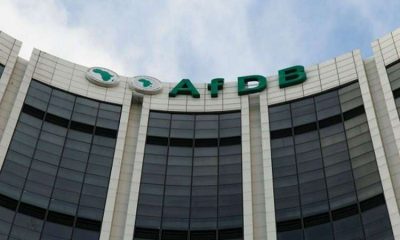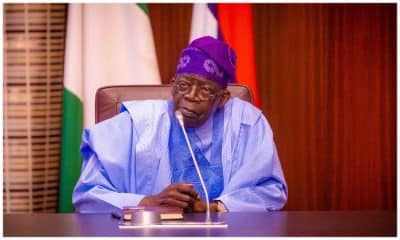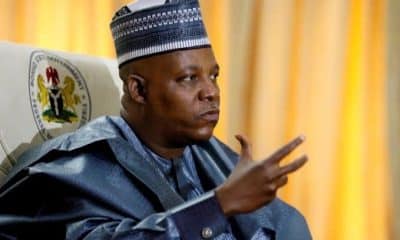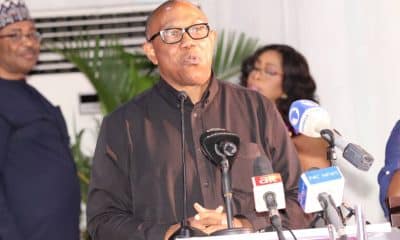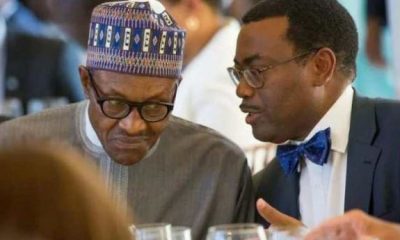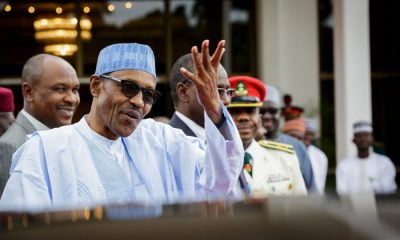Business
69% Of Nigerians Living In Abject Poverty -AFDB Reports
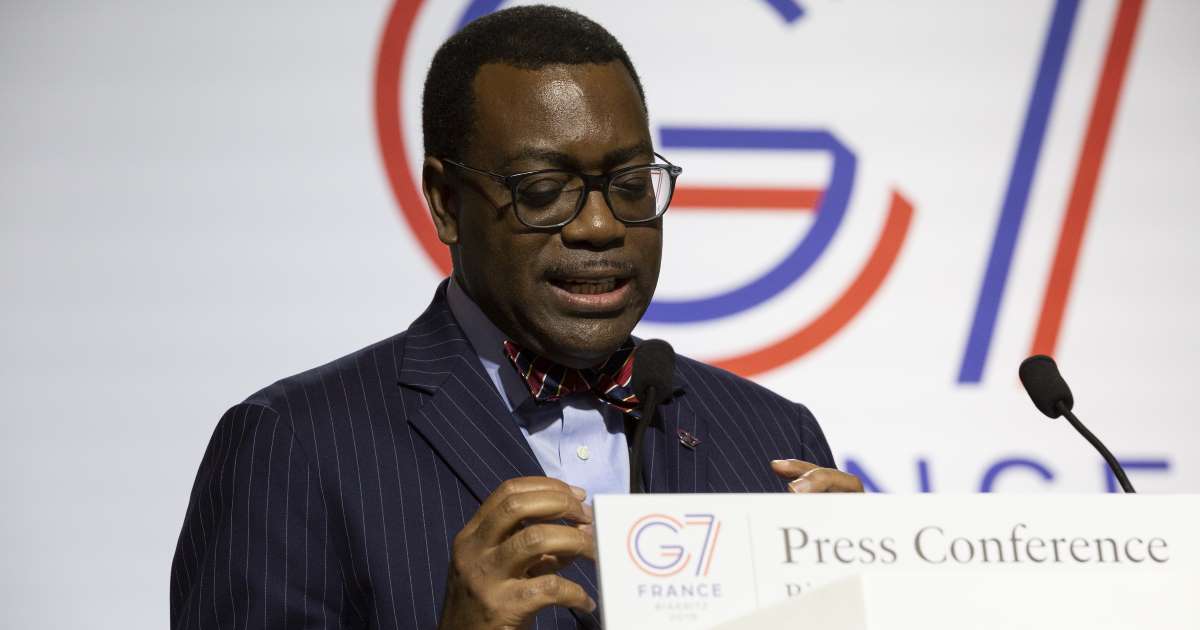
The African Development Bank in its African Economic Outlook 2020, has also cried out over the alarming and growing rate of poverty in Nigeria.
The yearly report which berated the performance of the federal government said that the poverty rate of Nigeria stands at 69 percent. It added that more than half of the 36 States of the Federation had higher poverty rates than the national average.
The report means that over 124 million Nigerians live in poverty.
The report said, “Poverty remains widespread. The poverty rate in over half of Nigeria ’s 36 states is above the national average of 69 percent. “High poverty reflects rising unemployment, estimated at 23.1 percent in 2018, up from 14.2 percent in 2016. Low skills limit opportunities for employment in the formal economy. “Government social programmes – N-Power and other youth empowerment schemes – are meant to address unemployment.”
The bank said also that the agricultural sector suffered due to flooding and clashes between herdsmen and farmers.
There were some positives as the nation recorded growth in the oil, transport and Information and Communications Technology sectors.
The report said, “Real Gross Domestic Product growth was estimated at 2.3 percent in 2019, marginally higher than 1.9 percent in 2018.
“Growth was mainly in transport, an improved oil sector and Information and Communications Technology. Agriculture was hurt by sporadic flooding and by conflicts between herdsmen and local farmers.“Manufacturing continues to suffer from a lack of financing. Final household consumption was the key driver of growth in 2019 , reinforcing its 1.1 per cent contribution to real GDP growth in 2018.
“The effort to lower inflation to the six to nine per cent range faced structural and macroeconomic constraints , including rising food prices and arrears payments, resulting in a rate estimated at 11.3 per cent for 2019.“With fiscal revenues below seven per cent of the GDP , increased public spending widened the deficit, financed mainly by borrowing.“At the end of June 2019, total public debt was $83.9 bn, 14.6 per cent higher than the year before. That debt represented 20.1 per cent of the GDP , up from 17.5 per cent in 2018.
“Domestic public debt amounted to $ 56.7 bn, external public debt , $ 27.2bn. The share of bilateral debt in total debt was estimated at 12.1 per cent and that of Eurobonds at 40.8 per cent.“High debt service payments, estimated at more than half of federally-collected revenue, created fiscal risks. The current account surplus sharply declined due to increased imports, lower oil revenues and a smaller – than -expected improvement in capital flows.
.
“Simultaneously, the retrenchment of government borrowing and easing of the risks of lending to small business could lower interest rates and unlock bank lending to the private sector.”
It backed the increase in Value Added Tax, saying, “An increase in the value-added tax from five per cent to 7.5 per cent to shore up domestic non-oil revenues is welcome, though organised labour and businesses have raised concerns of a potential rise in costs.”

